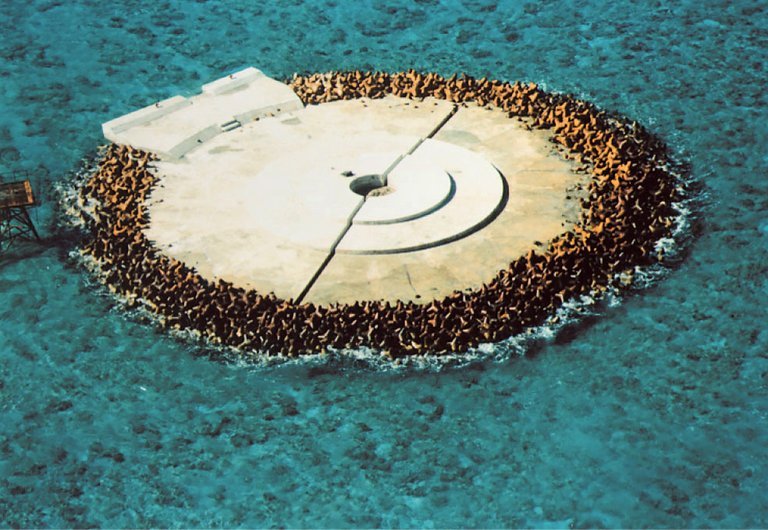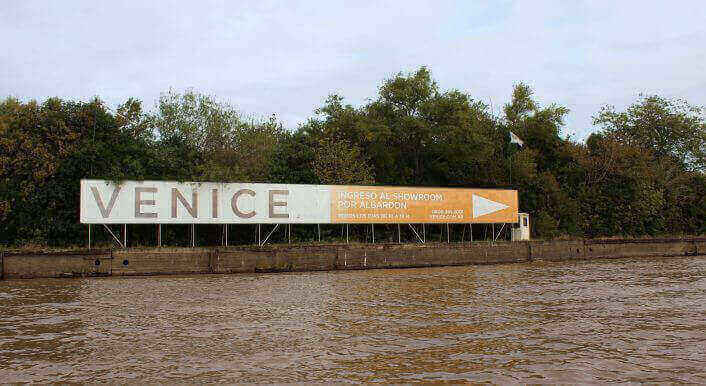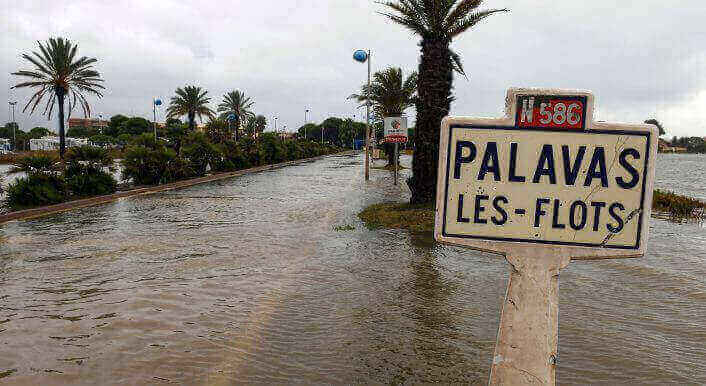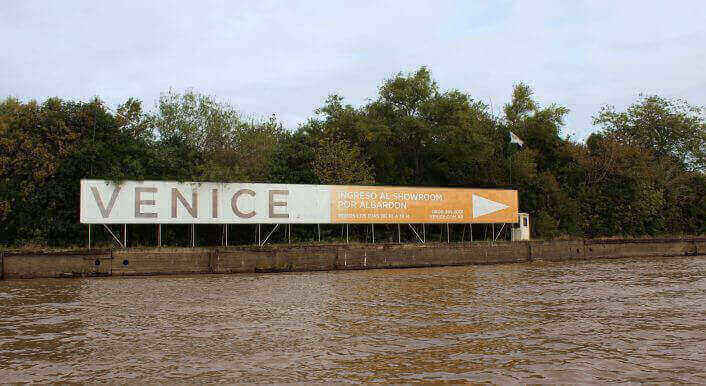Japan is growing an island
In the Philippine sea an island, which has enormous strategic importance for Japan, is slowly sinking. Scientists are trying to grow baby coral on the rock to save it – and spending millions of dollars on the experiment.

A thousand miles off the coast of south Tokyo, two tiny outcrops gasp for breath in a swallowing ocean. Breaking waves form an oval ring around the crests, the sputtering remains of Japan’s farthest reach in the Philippine Sea.
The Japanese have named the boulders Okinotorishima, or the ‘distant bird island’. Formed by an isolated submerged reef, it is the country’s southernmost point, one that provides an exclusive 160,000-square mile claim to these highly lucrative and strategic waters.
Okinotorishima provides more ocean dominion than the entire archipelago of Japan, but international recognition of the claim remains elusive. Countries such as China and Korea argue that only two rocks are visible at high tide, and therefore not a habitable island that can command its nation’s claim to the seas.
And as ocean levels rise, Japan’s claim is becoming increasingly untenable. Projections from the Intergovernmental Panel on Climate Change (IPCC) indicate that sea levels could rise as much as 98 centimeters by the end of this century.
In collaboration with German media organization CORRECTIV, Columbia Journalism School’s Energy and Environment Reporting Project examined the consequences of sea level changes worldwide, and in particular, Japan’s attempts to keep its ocean claims from drowning.
We found that researchers in the country are hoping to not just help Okinotorishima survive the onslaught of menacing waves, but actually make the outcroppings grow.
The greenhouse experiment
Quietly, and out of sight, scientists in Okinawa’s island town of Kumejima have devised a scheme to keep the country’s claim in the Philippine Sea. At the Deep Sea Water Research Center, in a small, sunny greenhouse, water gurgles through pipes running along the ceiling in a complex array resembling a New York City subway map. Standing on a stool surrounded by tubs full of lustrous corals, Ryota Nakamura, a senior researcher at the Coral Propagation Laboratory, makes a sweeping gesture with his hand and says to a visiting reporter, „This is the first step in our plan for Okinotorishima.“
In order to raise the atoll above water, he explains, the reef beneath it needs to be bolstered and expanded. Nakamura, along with a team of scientists, is transplanting baby corals cultured in the lab to the natural reef at the island. Assuming that works, as the reef grows and regenerates, the old coral will crumble into gravel, forming the „terra firme“ so desired by the island nation.
Pointing to a tub near him, Nakamura says, „This species is Acropora tenius. For us to culture the juveniles, we collect adult corals from different colonies at Okinotorishima and then transport them to the research facility using a 500 ton vessel once a year.“
It’s a precarious task to keep the parent corals from being damaged during the two-and-a-half day journey back on ship. Scientists store the corals in rectangular fiberglass tanks with transparent acrylic lids. One-third of the seawater in the tank is replenished with fresh seawater three times a day. A shade net on top controls the light intensity, submersible pumps create water flow and tank temperatures remain in check between 22.5 to and 28.4°C.
Once the corals have been safely transported onshore, they are stored in blue circular tubs at the greenhouse. When summer approaches, in what looks like a spectacular snowstorm underwater, the adults release a flurry of buoyant bundles containing eggs and sperms. The luminous specks drift towards the surface of water, creating an image of a living, breathing snow globe. The scientists then separate the eggs from the sperm in each bundle, so they can be sexually fertilized with gametes belonging to different colonies. After a couple of days, once the resulting larvae start moving actively, they are moved to tubs away from the parent corals.
The researchers culture the juveniles on ceramic substrates for about a year, and then they are taken back to Okinotorishima. The scientists first transplant them on an artificial reef installed near the island, and then when the corals are two years old, they attach them to the island’s natural reef. „This way it is possible to protect them from predation till they are big enough with low cost“, Nakamura explains.
Since 2006, around 100,000 juveniles have been transplanted back to Okinotorishima. Though the area of the coral transplanted on the reef has increased, their survival rate is barely 30 per cent. Why there’s such a high rate of morality remains unclear.
According to Nakamura, it is hard to monitor the experiment regularly due to the remoteness of the island and the steep price of each trip. The charter fee of a survey vessel generally is one million yen ($9000 USD) per day. If the researchers embark on a three-week survey in situ, it costs 26 million yen ($234,000 USD). „Quite expensive, don’t you think so?“ remarks Nakamura.
Japan has spent close to 2.4 billion yen ($21 million USD) on the coral project in the last eleven years. Makoto Omori, a coral researcher and emeritus professor at the Tokyo University Of Marine Science and Technology, believes it’s an upward battle for the island. Not only is the sea threatening to wash away all the progress that’s been made so far, but the land beneath the reef is sinking as well.
The atoll sits at the center of a sub-marine oceanic ridge that extends from the Japanese island of Kyushu in the north to Palau in the south. Starting in the Miocene era around 20 million years ago, due to the tectonics of the Pacific plate, islands across the ridge began to subside, including Okinotorishima.
“The atoll is sinking at a very gradual rate of less than a centimeter every 100 years, but it is sinking nevertheless“, says Omori. „On the other hand, sea water is projected to rise at a rate of 20-40 centimeters in the same time period. We do not know when we will lose this island, so we must put coral underneath to keep it above water level.“
With so many forces working to drown the island, doom seems inevitable. But for the researchers, it’s not just about salvaging Okinotorishima. If they are successful, this experiment could be the silver lining for drowning coral beds worldwide.
“There are close to 500 atolls in the world“, said Hajime Kayanne, a coral reef scientist at the University of Tokyo. „The landmass of some of them such as the Maldives, Tuvalu and Kiribati is made entirely of coral reef organisms. If the eco-technology works for Okinotorishima, it can potentially help these populated islands fight flooding and displacement. „
Kayanne, who has been to Okinotorishima twice as part of the coral growing project, is now researching the next step– how to accumulate the disintegrated coral gravel to form the island’s surface.
“Right now, no one can live on Okinotori“, he says. „But we have examples around the world where people live on atolls made of coral gravel. We know it can happen. Island formation is possible well within a human generation.”

AFP
A rock, not an island
China is keeping a watchful eye on Japan’s ambitious project. Even though the country does not dispute Japan’s sovereignty over Okinotorishima, it does have a military interest in disregarding the economic zone in the Philippine Sea- the atoll is on a route that Chinese submarines would take out into the Pacific, towards positions against the United States.
“If the economic zone is recognized, then Chinese vessels cannot freely map the seabed around Okinotori as if it were high seas“, says Jeffrey Hornung, a political scientist at RAND Corporation, a global policy think tank. „The waters and the resources in them, including the seabed, would belong to Japan.“
In 2004, the regional superpower criticized Japan, calling Okinotorishima a „rock“ that has no entitlement to an economic zone around it.
According to the United Nations Convention on the Law of the Sea (UNCLOS), the zone can only be associated with an island that is defined as a „naturally formed area of land which is above water at high tide.“ It excludes „rocks which cannot sustain human habitation or economic life of their own.“
China’s disregard of Okinotorishima as an island led to a wave of nationalism throughout Japan. In May 2005, Shintaro Ishihara, the governor of Tokyo, rushed to the twin outcrops, raised the Japanese flag and mounted an address plaque reading „One Okinotori Island, Ogasawara Village, Tokyo.“ He even ordered the installation of a 330 million yen (around $3 million USD) radar system that now watches the island in the sea.
But China is not the only country challenging Japan’s claims. Both South Korea and Taiwan have also declared they don’t recognize the economic zone. Japan, who signed the UN treaty in 1983, argues that unlike China’s artificially dredged islands that are damaging marine ecosystems in the South China Sea, Okinotorishima is not a rock, but a „naturally formed reef“ that has been under the nation’s jurisdiction since 1931. Unlike a rock, a reef has the potential to grow.
“Japan is quite honest“, reasons Omori. „The economic zone is important to us and according to international law, our only option is to keep the island using the natural material from the island. That would be the coral.“
The country further justifies its actions suggesting that the process of coral farming generates avenues for research. However, Hornung isn’t convinced that the country’s arguments would win if contested in court. „If any user state of UNCLOS appeals, I doubt that Japan will succeed with these claims at this very moment“, he says. „It’s hard to see how those rocks can sustain human life.“
But Japan is optimistic. The country’s motivation may be rooted in geopolitics, but if it manages to succeed in growing an island, some good may come out of it for the world’s collapsing reefs.
The author takes part in the Energy and Environmental Reporting Project is part of Columbia Journalism School post-graduate fellowship program and is supported by the Blanchette Hooker Rockefeller Fund, Energy Foundation, Open Society Foundations, Rockefeller Brothers Fund, Rockefeller Family Fund, Lorana Sullivan Foundation and the Tellus Mater Foundation. The funders have no involvement in or influence over the articles produced by project fellows in collaboration with Correctiv.



